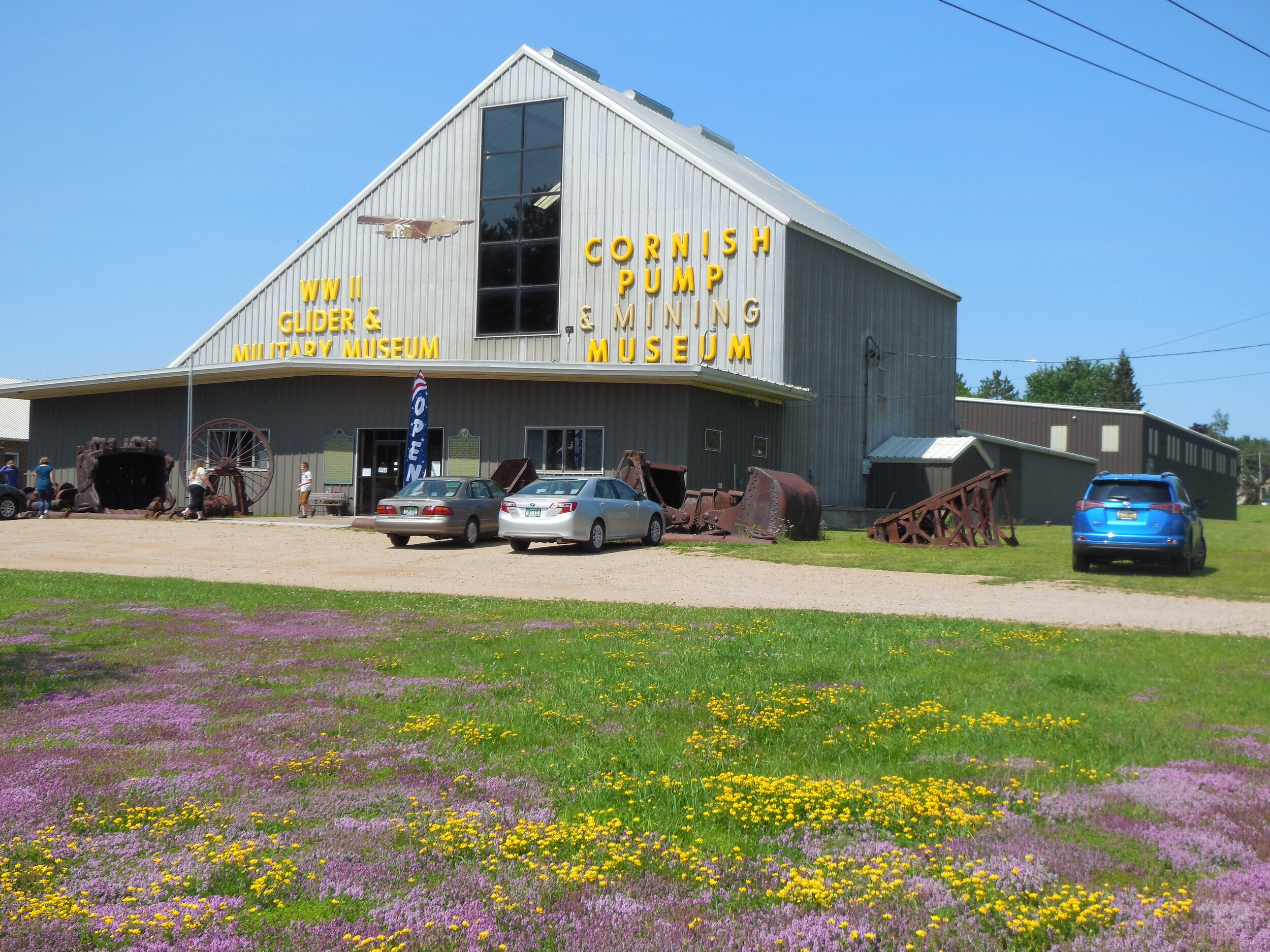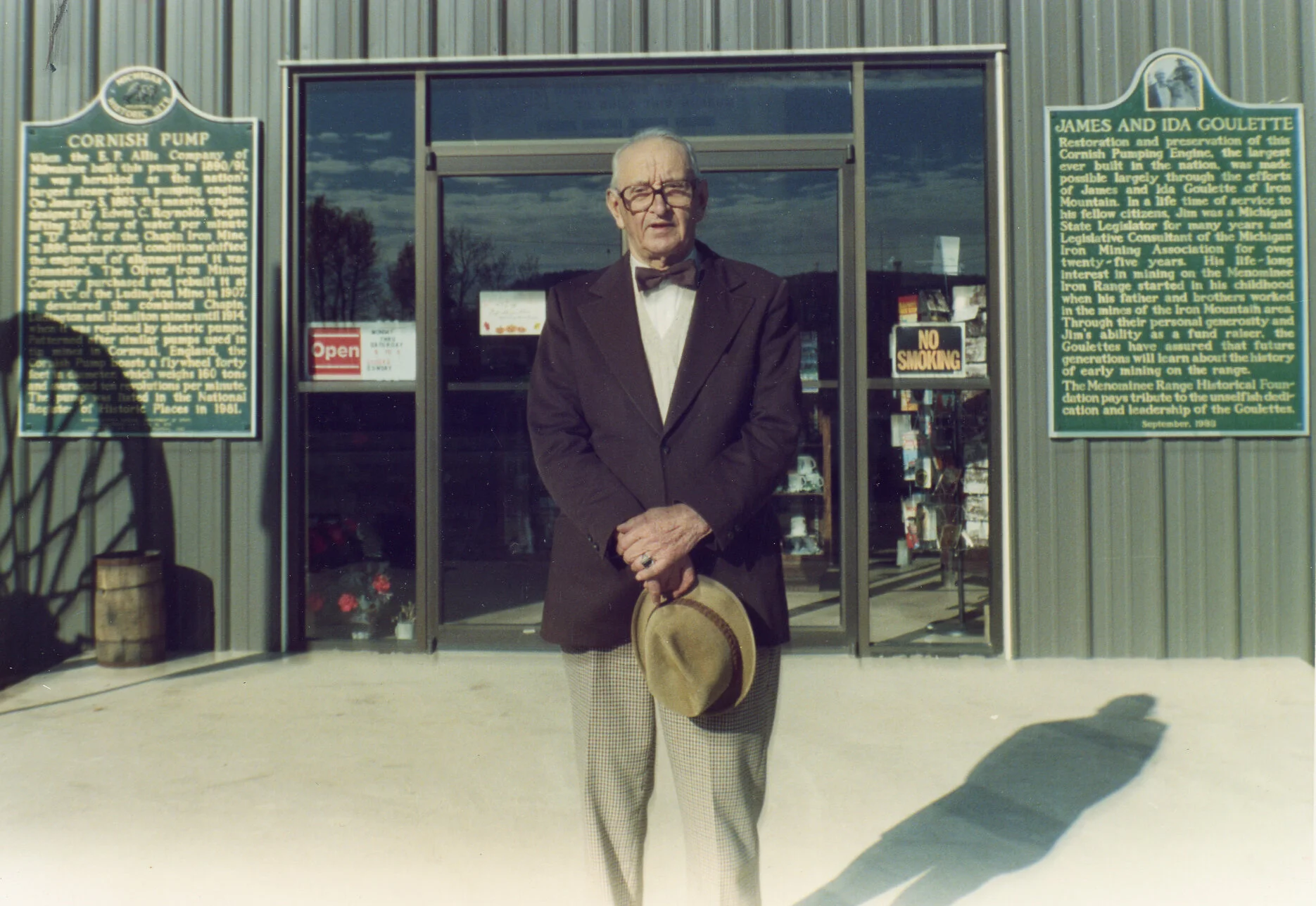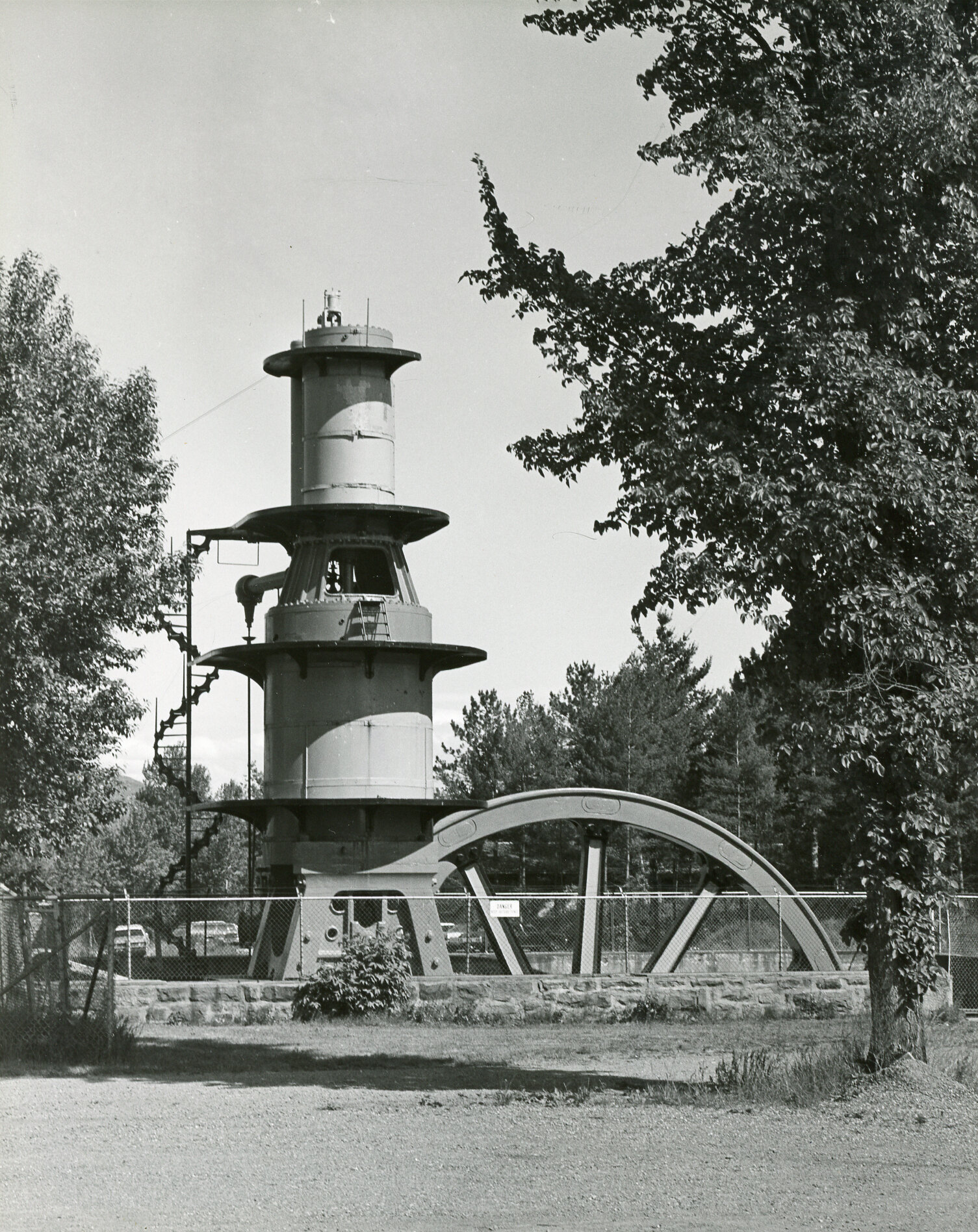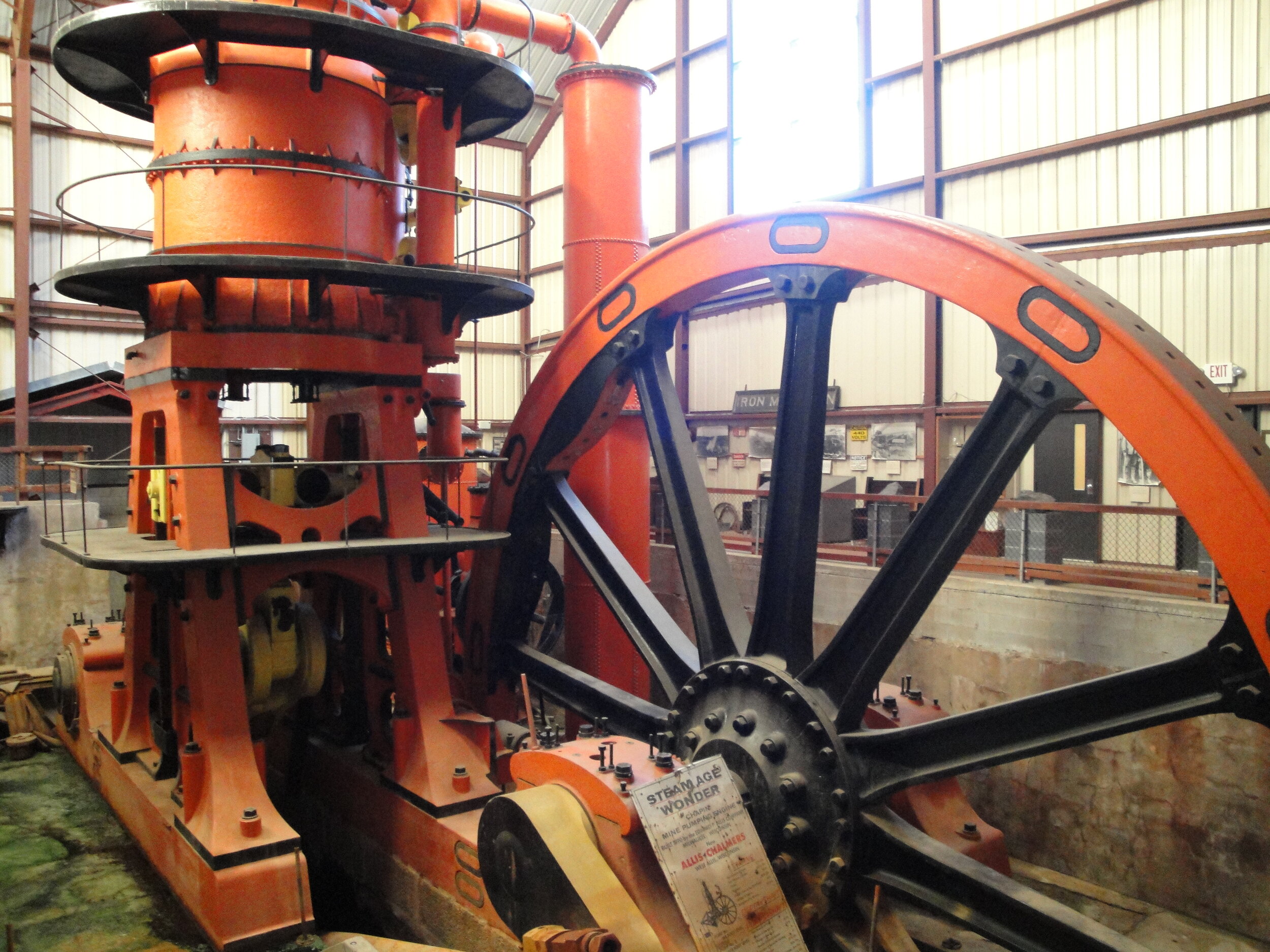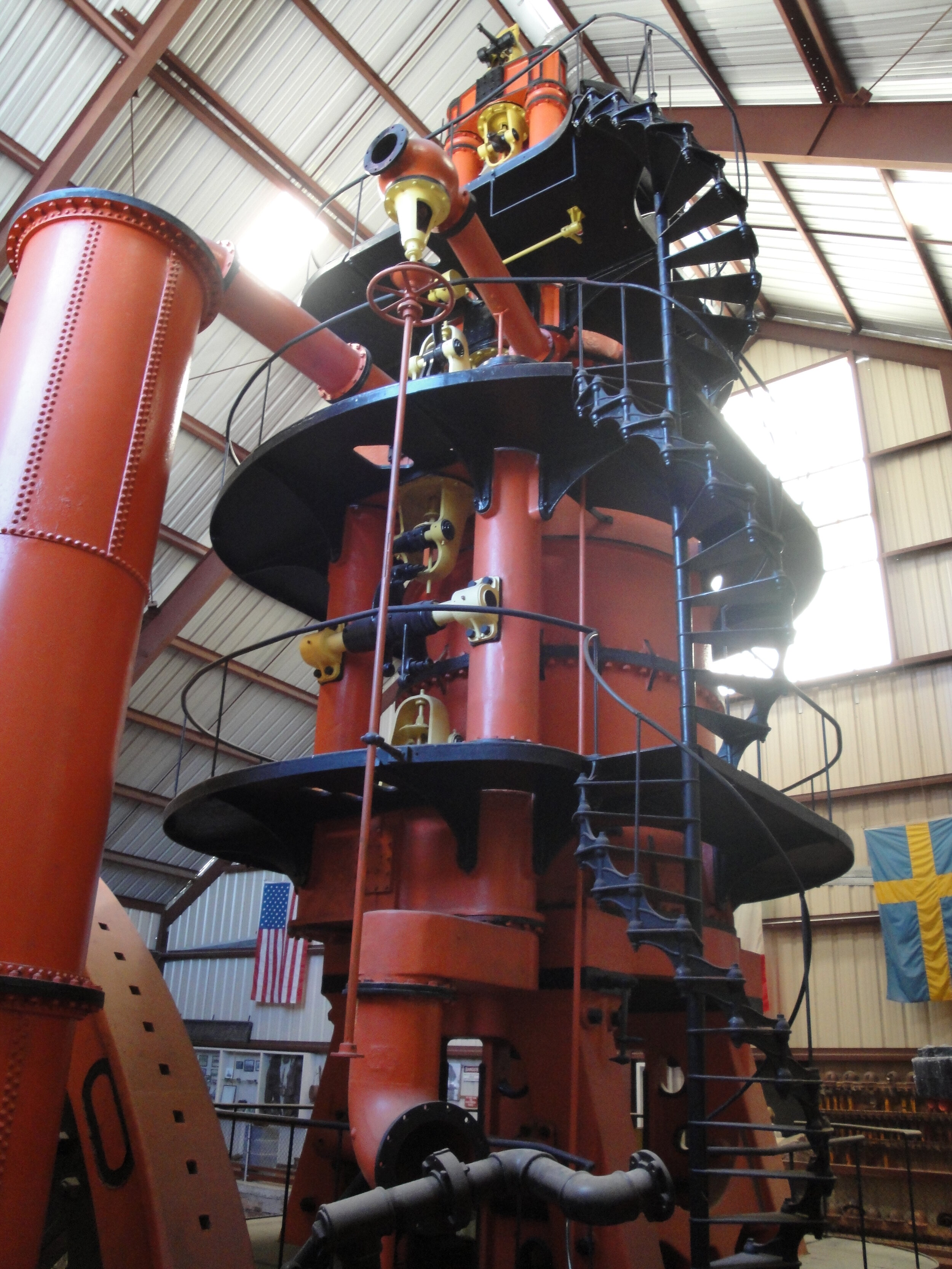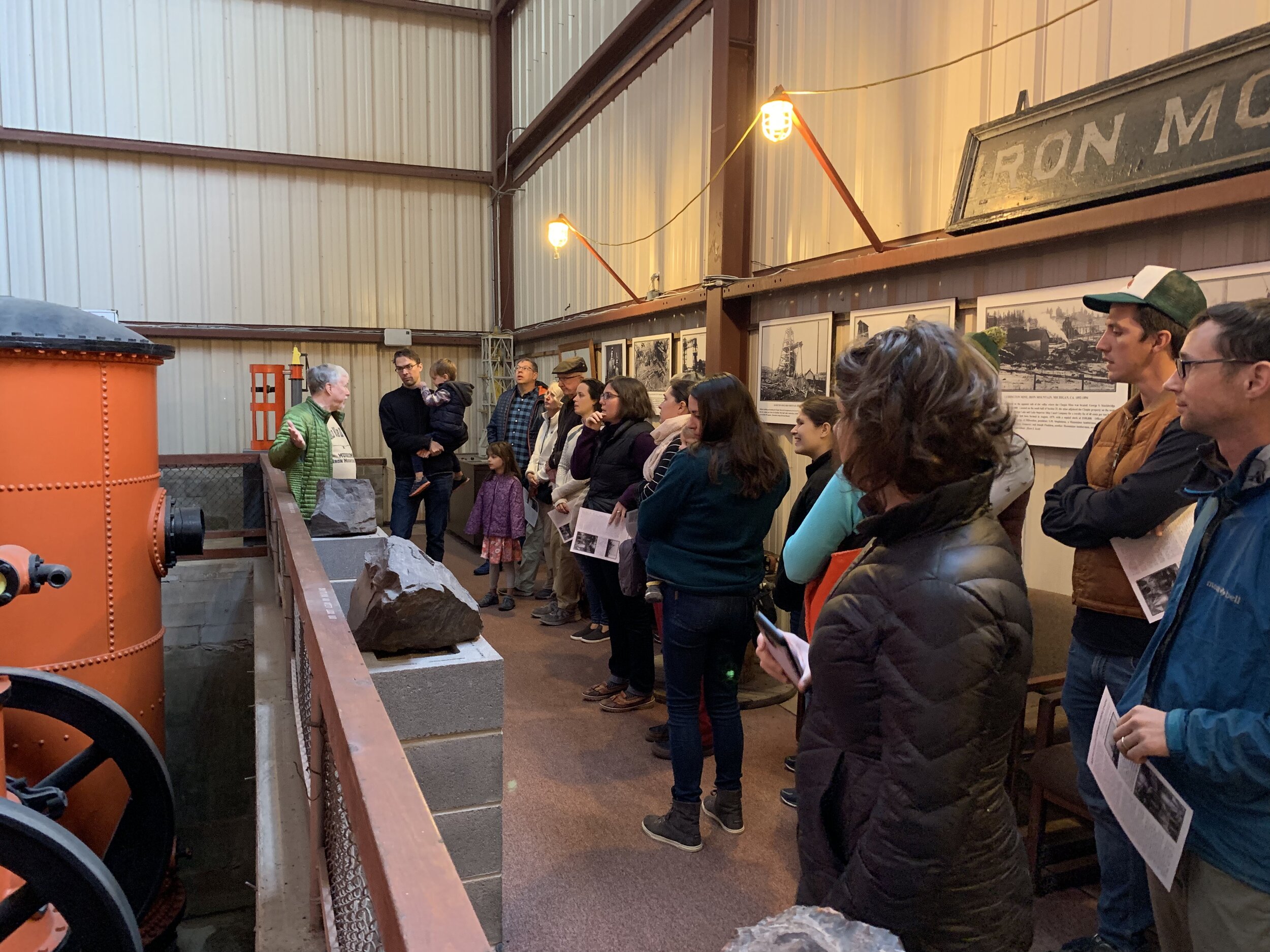MUSEUM SPOTLIGHT
Cornish Pumping Engine and Mining Museum
Address:
300 Kent Street
Iron Mountain, MI 49801
Seasonal Phone: 906-774-1086
Review us on Trip Advisor
CLOSED FOR THE 2025 SEASON
Reopening June 2026
Adults: $8.00
Senior Citizens (65+)/Veterans: $7.00
Students (6-17): $5.00
Children (Under 5): FREE
The Cornish Pumping Engine, the largest steam-driven pumping engine ever built in the United States, is a Michigan Historic Site (1958), a National Historic Site (1981), a Michigan Historic Civil Engineering Landmark (1984) and a National Historic Mechanical Engineering Landmark (1987). In addition to the mammoth steam engine, this museum also displays extensive underground mining equipment and contains the Museum Gift Shop.
The Cornish Pumping Engine is the largest standing steam-driven pumping engine ever built in the United States and one of the largest pumping engines in the world. It is famous for dewatering Iron Mountain's Chapin Mine, one of the wettest mines ever worked, and the largest producer of iron ore on the Menominee Iron Range.
The giant 725-ton Cornish Pumping Engine rises 54 feet above the engine room floor and measures 75 feet from the back of the end of the pump bob to the back of the flywheel which measures 40 feet diameter and weighs 160 tons.
The flywheel's normal speed was 10 RPM. Pumping capacity at 1,500 feet was 319 gallons per stroke, or 3,190 gallons per minute. This equaled 191,400 gallons per hour and 4,593,600 gallons per 24 hours.
At a depth of 600 feet, "D" shaft of the Chapin Mine, the engine's original site, contained four pumps located approximately 150 feet apart with 3,000-gallon holding tanks.
At a depth of 1,522 feet, "C" Ludington Shaft of the Chapin Mine, the pumping engine's current site, had eight pumps ranging from 170 to 190 feet apart with 3,000-gallon holding tanks.
Edwin Reynolds, the designer of the Cornish Pumping Engine, worked for the E.P. Allis Company of Milwaukee and was assisted by his nephew, Irving H. Reynolds. The estimated cost of the engine and pumps was $250,000 at the time.
Erection of the pumping engine and pumps began in the spring of 1892, but the giant steam engine didn't start up until January 3, 1893.
Portions of the Chapin Mine gradually settled beginning in 1885, forming a "pit" on either side of Stephenson Avenue in downtown Iron Mountain. These twin pits did not contain water until pumping ceased after the Chapin Mine closed August 1, 1932.
In 1934 the Oliver Iron Mining Company offered the Cornish Pumping Engine to Dickinson County as a "relic for sight seers to visit" and the Keweenaw Land Association, fee holder of the Chapin Mine, agreed to lease the land around the pumping engine for one dollar with the provision that the area would be fenced in and tax free. Dickinson County workers razed the building, removed the frame housing, cleaned up the site and installed a chain link fence around the sandstone foundation. Years later, the Menominee Range Historical Foundation obtained ownership and possession from Dickinson County and the Keweenaw Land Association. In the fall and winter of 1982-1983, a metal building was erected to protect the famous pumping engine from the elements, preserving it for future generations.
The Mining Museum exhibits a rare collection of underground mining equipment used in area iron ore mines. Engines, ore cars, jack hammers, drilling equipment, pumps of various types, tuggers, scrapers, skips used to transport ore to the surface, man cars to transport miners to work areas, a dynamite car, a head sheave which held the cable on the cage moving the men to the surface and a steam boiler are some of the artifacts on display. Some large pieces of mining equipment are displayed on the museum grounds.


